#recumbent stone circle
Text



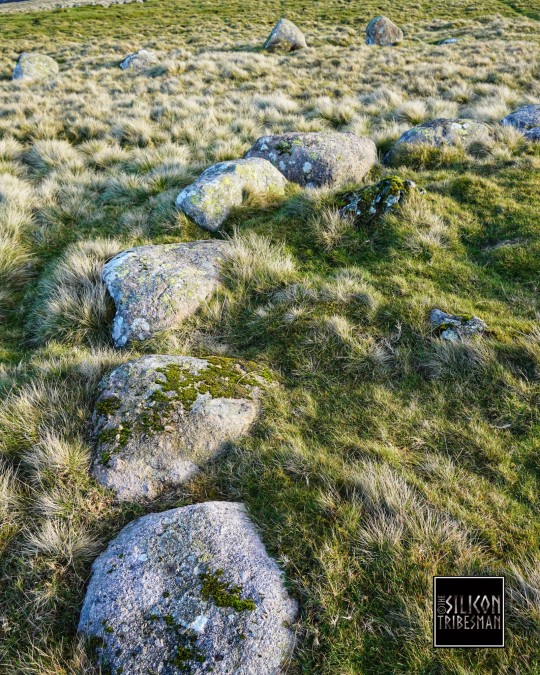



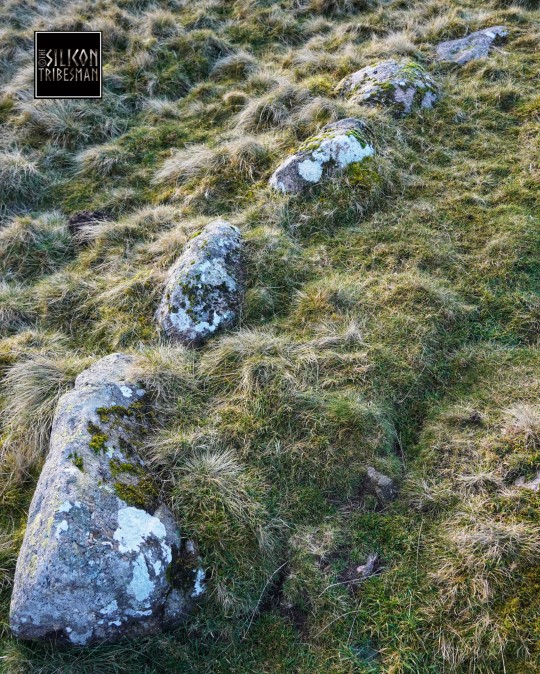
Oddendale Prehistoric Stone Circle, Oddendale, nr. Shap, Cumbria
#ice age#stone age#bronze age#copper age#iron age#neolithic#mesolithic#calcholithic#paleolithic#prehistory#prehistoric#megalithic#megalith#archaeology#Oddendale#recumbent stone circle#standing stones#outdoors#wild places#landscape#Cumbria
196 notes
·
View notes
Text

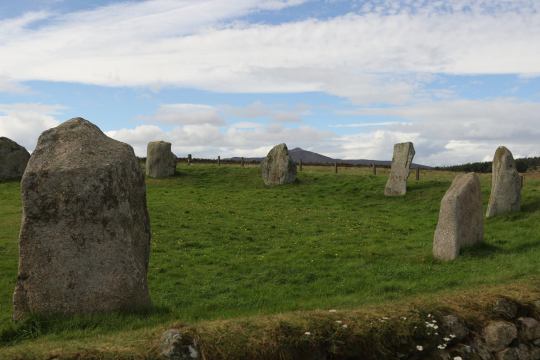

Easter Aquhorthies, 2016
#bronze age#stone circle#recumbent stone circle#Barghest Footprints: Travel Journal#neolithic#aberdeenshire#scotland
3 notes
·
View notes
Text
Loanhead of Daviot

View On WordPress
0 notes
Photo

Locations of Stone Circles and Henges in the UK & Ireland
Stone circles and henges first appeared on the British Isles c. 3500 BCE, during the Neolithic period. Over 900 still exist today. Henges (oval shaped, banked ditches) enclosed ritual structures, such as stone circles, or villages, seen in excavations of the henge at Durrington Walls. The largest Neolithic structure in Britain is Marden Henge, close to Stonehenge. Discovered in 2015, its ramparts enclosed 15 hectares and excavations show that it was used as a gathering for feasts. It lacks the stone circles of other Neolithic sites, such as Stonehenge, Avebury, Beaghmore, and Bré na Bóinne (near Monknewtown) and archaeologists believe its standing stones may have been removed to farm the land. Stone circles differ, with recumbent stone circles specific to Ireland and Scotland, and characterized by a circle of standing stones that is constructed around a recumbent stone laid on its side. Concentric stone circles, typically found in England and Scotland, comprise two circles of standing stones arranged in a circular or oval configuration. Outlying stones, avenues and mounds may also form part of the site architecture and burials are found at concentric circle sites, indicating they played a part in funerary rituals. It is believed that stone circles were used for religious ceremonies, with entrances constructed to face sunrise and sunset or aligned with the sun during the winter or summer solstices.
440 notes
·
View notes
Text

East Aquhorthies Stone Circle Sunset, Aberdeenshire
Erected about 4,000 years ago, East Aquhorthies Stone Circle is a recumbent stone circle – a monument type only found in north-east Scotland. It has a large stone set on its side and flanked by two upright stones, usually on the south or south-west part of the circle.
The stones here appear to have been chosen for their colour. They’re all rough, pinkish porphyry, except for:
the stone next to the east flanker, which is red jasper
the two flanking stones, either side the recumbent stone, which are grey granite
the recumbent stone, which is made of red granite quarried from near Bennachie which you can see in the background.
Located near Inverurie in north-east Scotland, it is one of the best-preserved examples of a recumbent stone circle and one of the few that still have their full complement of stones and the only one that has all its stones still standing without having been re-erected.
The placename Aquhorthies derives from a Scottish Gaelic word meaning "field of prayer", and may indicate a "long continuity of sanctity" between the Stone or Bronze Age circle builders and their much later Gaelic successors millennia later.
3 notes
·
View notes
Photo

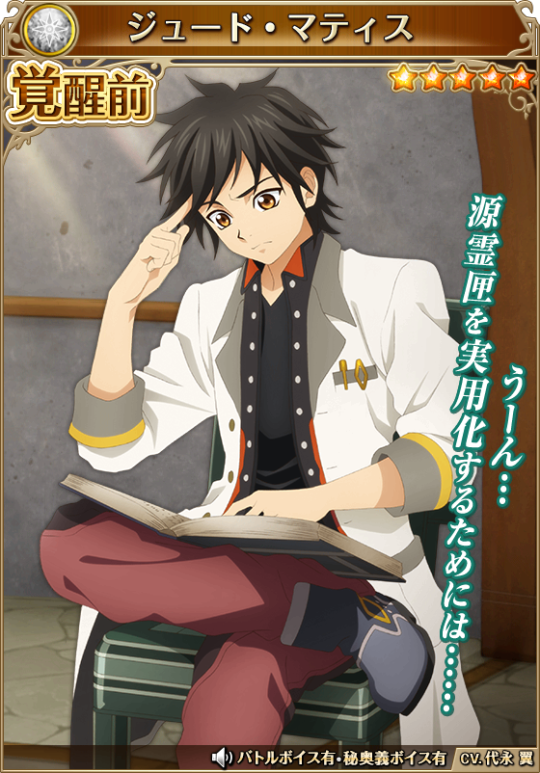
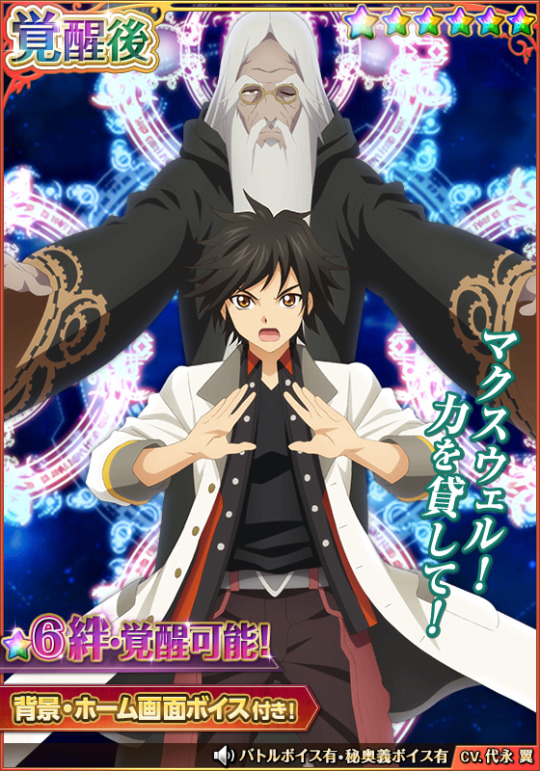
[Special Gacha] EX Summon ~Jude~
Duration: 7/11 (Mon) 16:00 ~ 7/25 (Mon) 15:59
Chance to get the new exclusive Bond Awakening enabled 5☆ Jude as well as Milla [Kagura-style], Ludger [Halloween], Gaius [Flower Viewing] and Muzét [Swimsuit].
The already-running awakening partner Milla (X2) can be used to awaken Jude.
✶ This gacha features a Step Up gacha, where you pay a discounted rate to draw 10 characters and continuously raise your chances of pulling a 5☆. Steps will not be resetted even if you get a featured 5☆.
✶ You will also get rewards after a certain number of steps, and with the 20th you will be able to choose one of the featured characters from a 5☆ Select Summon Circle (you need a total of 800 Asteria Stones to reach the 20th step).
In this gacha will also reappear other Bond Awakening enabled 5☆ characters. The rates of this gacha’s featured characters will be higher than other 5☆.
For the event, the single daily pull will cost 3 Asteria Stones instead of 5.
There’s also the paid option to get a 5☆ character with a multi-roll.
Jude’s artes and skills details:
Light 5☆ Jude Mathis
Stats at LV80
HP: 21,200 | Power: 2,400 | Defense: 2,100
Mystic Arte: 殺劇舞荒拳 Final Fury
Power: 550% (Target: Single) | Hits: 30 | OL: 35 (finish type)
Arte1 - 飛燕連脚 Swallow Dance
Power: 250% (Target: All) | Hits: 7 | Activation: 45%
Arte2 - 剛招来 Coil
Light members' defense +50% | Activation: 30%
Arte3 - 臥狼咆虎 Recumbent Wolf
Power: 400% (Target: All) | Hits: 13 | Activation: 25%
Co-op skill: High Shine Attack 8 + Chain Plus (attack type)
Performs a light physical attack with 360% of power. Also, the chain counter number will increase by 8 (only if the chain is active). (wait time 05:00)
Light 6☆ Jude Mathis
Stats at LV80
HP: 24,200 | Power: 2,800 | Defense: 2,400
EX Skill: When a light party member is on a frame with an Attack UP buff on it, the frame's boost effect will be increased by 60%, if it's on a frame with a Defense UP buff on it, the frame's boost effect will be increased by 70%
Mystic Arte (OverLimit gauge at MAX): 殺劇舞荒拳 Final Fury
Power: 550% (Target: Single) | Hits: 30 | OL: 35 (finish type)
Bond Awakening Bonus: Target enemy's attack -10% (activated turn)
Mystic Arte (Awakened Mode OverLimit): 殺劇舞荒拳 Final Fury
Power: 950% (Target: Single) | Hits: 30 | OL: 55 (35+20) (finish type)
Bond Awakening Bonus: Target enemy's attack -10% (1 turn)
※ If a Maxwell Bond Soul is equipped, the Mystic Arte will change into a Dual Mystic Arte:
Dual Mystic Arte (OverLimit gauge at MAX): メテオスォーム Meteor Storm
Power: 650% (Target: All) | Hits: 20 | OL: 50 (finish type)
Bond Awakening Bonus: Arte power +70%
Dual Mystic Arte (Awakened Mode OverLimit): メテオスォーム Meteor Storm
Power: 1000% (Target: All) | Hits: 30 | OL: 90 (50+40) (finish type)
Bond Awakening Bonus: Light members' attack +100% (1 turn)
Arte effects added by Bond Awakening:
Arte1 - 飛燕連脚 Swallow Dance
Arte power +50%
Arte2 - 剛招来 Coil
Light members' attack +30% (2 turns)
Arte3 - 臥狼咆虎 Recumbent Wolf
Critical rate +50%
(Co-op skill is the same as the 5☆)
18 notes
·
View notes
Text
Anyway so this is my very first post on the tumblrs. Late adopter? I hardly know her etc.
Here's a picture of a recumbent stone circle in #Aberdeenshire. It's Balquain, near Inverurie.

2 notes
·
View notes
Photo

Loudon Wood Recumbent Stone Circle in Aberdeenshire for #StandingStoneSunday (at Drinnies Wood) https://www.instagram.com/p/Ci7a3AdL73J/?igshid=NGJjMDIxMWI=
3 notes
·
View notes
Text
Unlike Sun-focused Stonehenge and other megalithic monuments, Tomnaverie and similar stone circles hint at the Moon’s importance to ancient people.
These arrangements of giant boulders are so ancient and yet feel so familiar that they seem like portals, enabling access to somewhere that is both distant and connected to us. I think this is as their makers intended.
But one collection of stone circles stands apart. In northeastern Scotland, stone circles are related not to the Sun, but to the Moon. And they all possess a unique, defining trait: They contain a recumbent stone, a large stone on its side, flanked by two upright stones. The recumbent rocks are usually found on the south or southwest arc of the circle—where the summer Moon is prominent in the sky.
Some of the boulders in these stone circles contain red jasper, connoting blood. Some of them are flecked with quartzite, suggesting the Moon, and quite literally reflecting its light. The most otherworldly of these stone circles, to my mind, is called Tomnaverie, located about 30 miles west of Aberdeen.
0 notes
Photo
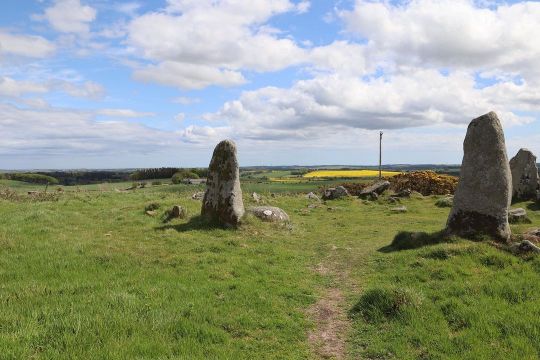
Day 18 of 23, 2022 | Aikey Brae Stone Circle is the most original, complete, and "unimproved" stone circle on view in northern Aberdeen- shire. Like Aberdeenshire's other recumbent stone circles (i.e. stone circles whose largest stone is lying down), Aikey Brae was built by a farming community some time around 4,000 years ago. It was probably built as a means of charting the passing of the seasons by plotting the lunar cycle. The usual pattern was for these circles to fall out of use within a few hundred years, then for later generations of residents to use them as cremation cemeteries, eventually building a cairn in the centre of the circle. It is not clear whether that happened here, because although the circle itself is relatively undisturbed, the same cannot be said of the area within it. (at Aikey Brae Stone Circle) https://www.instagram.com/p/Cdik_SYqZd6/?igshid=NGJjMDIxMWI=
0 notes
Link
30 notes
·
View notes
Text
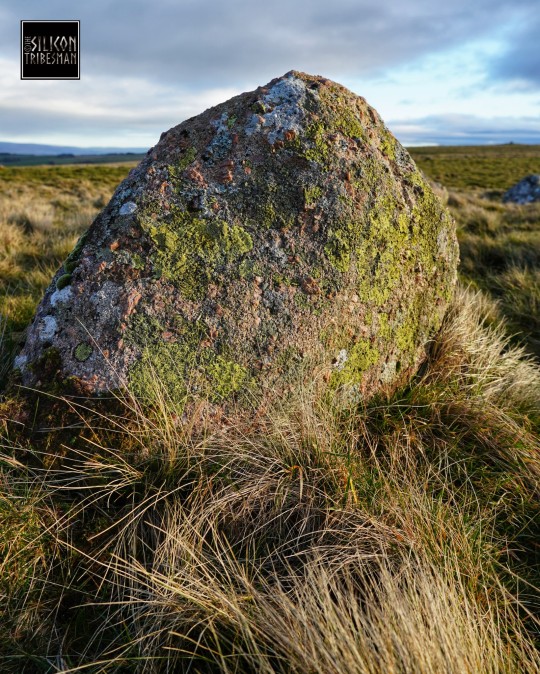







Oddendale Prehistoric Stone Circle, Oddendale, nr. Shap, Cumbria
#ice age#stone age#bronze age#copper age#iron age#prehistoric#prehistory#stone circle#standing stones#archaeology#landscape#outdoors#wild places#ancient craft#ancient living#ancient sites#stonework#recumbent stone circle#Cumbria#neolithic#mesolithic#calcholithic#paleolithic#moorland
72 notes
·
View notes
Photo

Solstice of the Moon: Circle of Timeless Light A few stars twinkled above Inverurie as our group gathered for dinner. It wasn't even raining much.
0 notes
Text
Midmar Kirk
‘Surrounded on all sides by crosses, the Recumbent stone circle & flankers of this circle look for all the world like the gigantic horned god rising out of the living earth.‘
The Modern Antiquarian. Julian Cope. 1998

View On WordPress
0 notes
Photo

The Neolithic Builder of the Aberdeenshire Recumbent Stone Circles In my recently published book, I write “It is astonishing that so much attention is given to the prehistoric monuments of both Stonehenge and Avebury henge when the remains of a far greater Stone Age architectural achievement still exists across the Aberdeenshire countryside.
5 notes
·
View notes
Photo
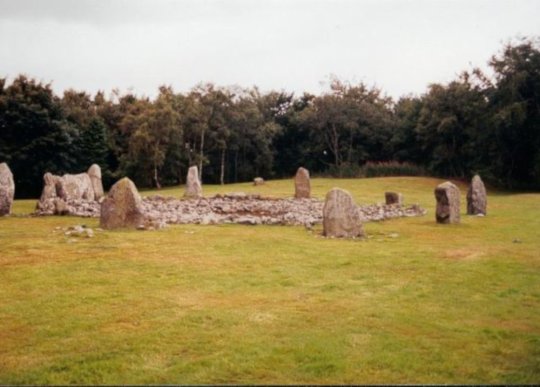
Loanhead of Daviot stone circle
The Loanhead of Daviot is a Recumbent Stone Circle, a type that is very common in the Grampian region of Scotland.
Read more at: https://paganplaces.com/places/loanhead-of-daviot-stone-circle/
5 notes
·
View notes